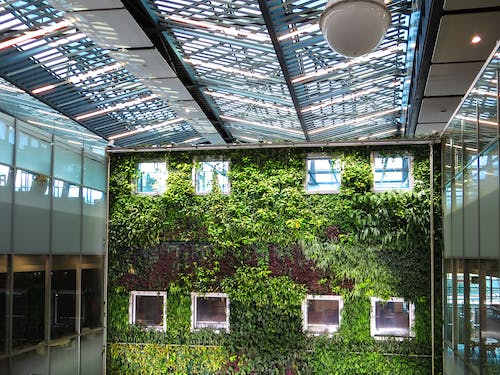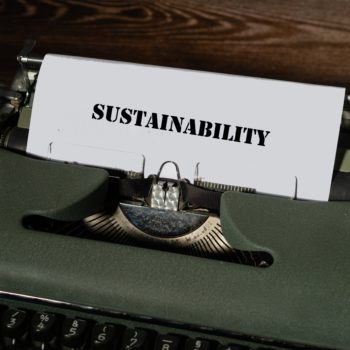|
|
In today’s world, where environmental concerns are becoming increasingly important, green building practices have gained significant popularity. Green buildings are designed and constructed with a focus on sustainability, energy efficiency, and the well-being of the occupants.
Various green building certifications and rating systems have been developed to meet these standards. These certifications are granted by organizations that aim to promote sustainable building practices and set industry standards. This article will overview some of the top green building certifications available today.
LEED Certification
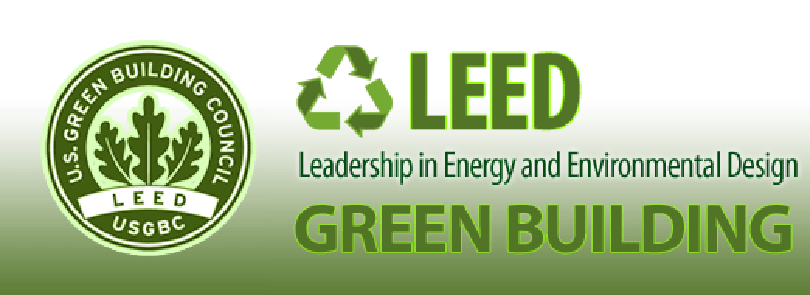
One of the most well-known green building certifications is LEED (Leadership in Energy and Environmental Design), developed by the U.S. Green Building Council (USGBC). LEED certification is recognized globally and widely used for new and existing buildings.
The certification system evaluates buildings based on their design and construction, operation and maintenance, and overall environmental impact. LEED certification provides a comprehensive framework for sustainable building practices and offers different levels of certification, including LEED Silver, Gold, and Platinum, depending on the building’s performance.
Living Building Challenge Certification
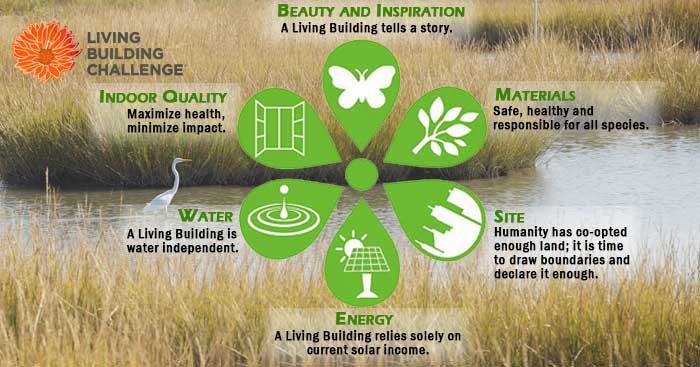
The Living Building Challenge certification is another prominent green building certification focusing on regenerative design and construction. It goes beyond traditional sustainability measures and aims to create buildings that give back to the environment and community.
The certification program sets strict criteria for various aspects of a building’s performance, such as energy use, water consumption, and materials used. To achieve Living Building Challenge certification, a building must meet all requirements and operate for at least one year, demonstrating its compliance with the standards.
Green Globes Certification
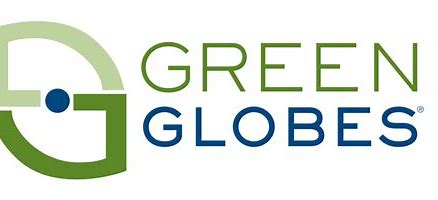
Green Globes is a green building rating system that offers a flexible and affordable alternative to LEED certification. Developed by the Green Building Initiative (GBI), Green Globes provides an online assessment tool for building owners to evaluate their sustainability performance.
The certification program consists of an assessment process conducted by a third-party assessor, where buildings are rated on a scale of one to four Green Globes based on their performance and sustainability features. Green Globes certification is particularly popular among smaller building owners and those seeking a less complex certification process.
WELL Building Standard
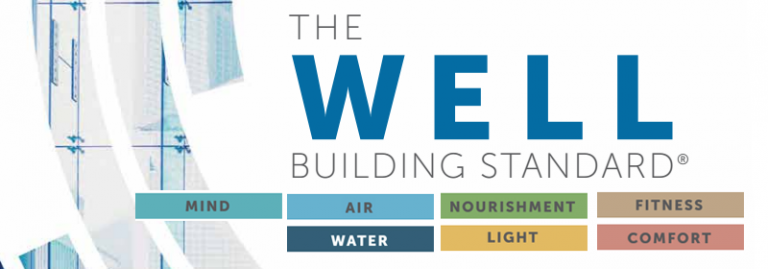
While many green building certifications focus on environmental sustainability, the WELL Building Standard significantly emphasizes human health and wellness. Developed by the International WELL Building Institute (IWBI), this certification evaluates buildings based on their impact on human health and well-being.
The WELL Building Standard focuses on air quality, water quality, lighting, acoustics, and thermal comfort. It provides guidelines and performance metrics to promote healthy indoor environments and enhance the overall well-being of occupants.
Green Star Certification

Green Star certification, developed by the Green Building Council of Australia (GBCA), is Australia’s widely recognized green building rating system. It evaluates the environmental sustainability of buildings across different categories, including energy, water, materials, and indoor environment quality.
Green Star certification offers different levels of recognition, from 4-star to 6-star, based on the building’s performance and adherence to the sustainability criteria. This certification is crucial in promoting sustainable building practices in Australia and driving the industry towards a greener future.
National Green Building Standard
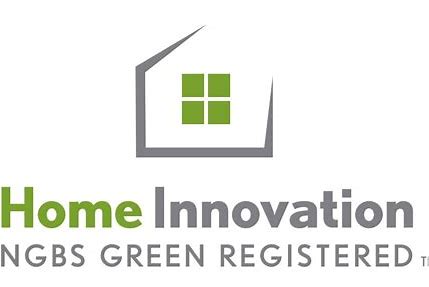
The National Green Building Standard (NGBS) is a residential green building certification program developed by the National Association of Home Builders (NAHB). It provides guidelines and performance criteria for single-family and multifamily residential buildings.
The NGBS certification evaluates various aspects of a building’s sustainability, including energy efficiency, water efficiency, indoor environmental quality, and resource conservation. It offers different levels of certification based on the number of points achieved, ranging from bronze to emerald.
The Importance of Green Building Certifications
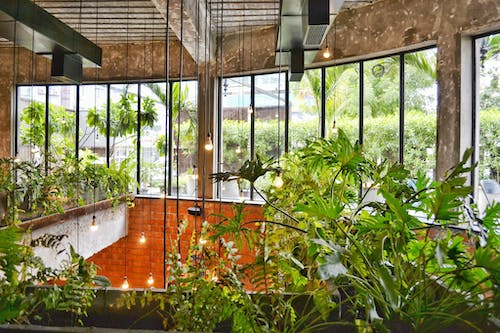
Green building certifications are crucial in promoting sustainable building practices and raising awareness about environmental issues in the construction industry. These certifications provide a roadmap for architects, developers, and building owners to design and construct more environmentally friendly buildings.
By adhering to the guidelines and standards set by green building certifications, buildings can reduce their environmental footprint, save energy and water, enhance occupant comfort, and contribute to a healthier and more sustainable future.
Conclusion
As the demand for sustainable buildings grows, green building certifications play a vital role in ensuring the industry follows environmentally friendly practices. LEED, Living Building Challenge, Green Globes, WELL Building Standard, Green Star, and National Green Building Standard are popular today’s greensomes.
These certifications provide clear guidelines and performance criteria for buildings to achieve and showcase their commitment to sustainability. We can collectively move towards a more sustainable and ecologically conscious future by pursuing and obtaining green building certifications.
